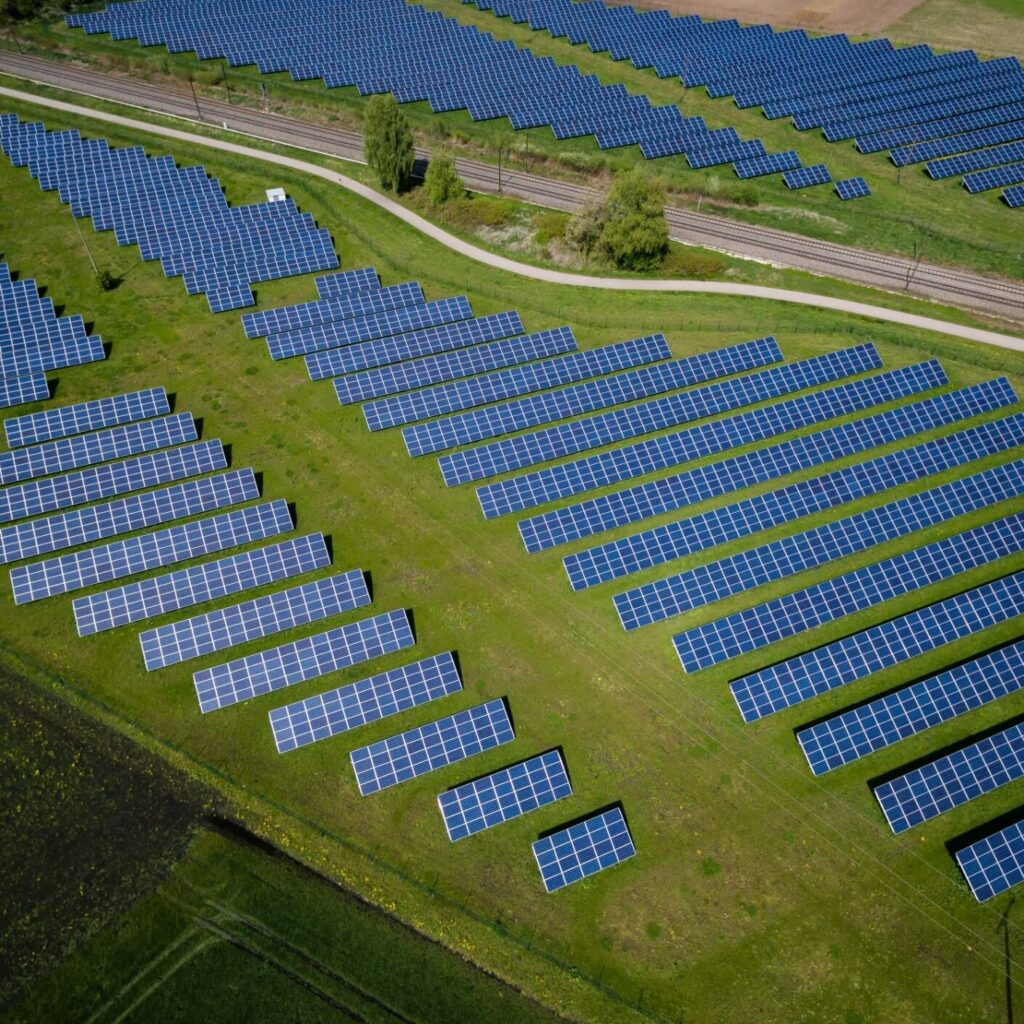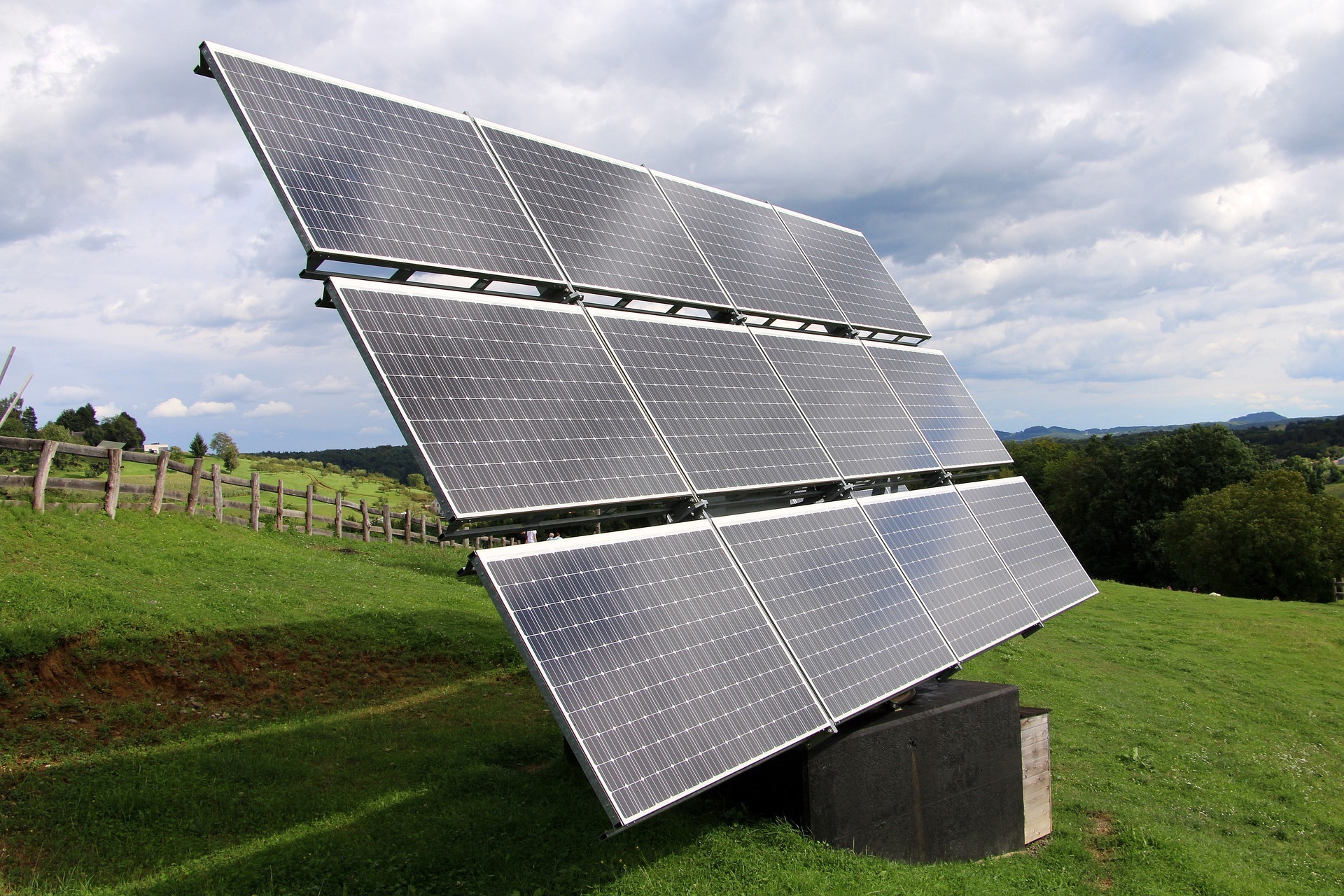How long does it take to charge an electric car with solar panels?

What is solar energy?
Solar energy can be produced anywhere that the sun reaches and is the earth’s most obtainable source of energy. Solar power is the process of harnessing the energy from the sun and using solar panels to transform sunlight into electricity.
There’s a prevailing myth that solar panels only function on bright, sunny days. However, photovoltaic panels (often referred to as ‘PV’ or solar panels) can harness both direct and indirect sunlight to generate electricity. While they operate optimally in direct sunlight, a bit of rain can serve to cleanse the panels of dirt or dust, enhancing their efficiency. Even on overcast days, when sunlight is diffused or partially obscured by clouds, solar panels remain operational.
It’s also a common misunderstanding that the heat of the sun powers solar panels. On the contrary, when panel temperatures exceed 77°F, their efficiency can actually decrease.
Solar panels generate electricity by converting three types of light at the atomic level within their cells. Solar farms, whether situated on land or floating on water bodies, are now powering countless homes. Their adoption is rapidly increasing worldwide.
Buy a solar EV charger
Cost savings for installing solar panels
A typical Australian home with a 4kW solar panel system, suitable for a family of 3 or 4, might invest around AUD 8,000 – AUD 11,000 on the PV setup. When the installation is handled by an accredited provider, annual savings can amount to roughly AUD 1,200. With anticipated electricity bill reductions of about AUD 375 annually, and combined with incentives like feed-in tariffs, homeowners might see a return on their investment within 8-1 years.
Ultimately, regardless of individual circumstances, solar energy in Australia is a sound choice. Beyond the financial advantages, investing in solar panels is a valuable step towards preserving the environment and diminishing one’s ecological impact.
How do solar panels charge my car?
Sunlight produces energy units termed as photons. These photons represent the essential particles of all light. It’s the energy from these photons in natural daylight that solar panels harness and convert into electricity. Envision this photon as a tiny packet of electromagnetic energy, ceaselessly active. In basic terms, when a solar panel is at work, it allows these light particles, or photons, to knock electrons from their atomic bonds, thus producing an electric current.
Solar panels are constructed from a multitude of smaller components named photovoltaic cells. The term “photovoltaic” simply denotes the transformation of sunlight into electric power. While solar panels utilize the visible spectrum of light colors we’re familiar with, they also tap into ultraviolet and infrared wavelengths, which remain invisible to our eyes.
Shop solar chargersHow long does it take to charge an electric car with solar panels?
Determining the duration required to charge an electric car using solar panels hinges on both the vehicle’s specifications and the output capacity of the solar panels. For illustration purposes, let’s take the median car battery size, which stands at 54kWh, and juxtapose it against a standard home solar setup of 4kW. A panel of this magnitude can produce roughly 3,400 kWh annually, translating to 9 kWh daily.
With these metrics, you’d require six 4kW solar panels to fully charge an electric vehicle in a day.
Nevertheless, considering the average Aussie covers about 60 kilometres daily, it’s improbable that one would need a full day’s charge to max out the battery. Covering 60 kilometres a day would use roughly 12 kWh of energy. Since a typical solar panel system encompasses between 25 to 30 panels, the real-time needed to charge during a day would be notably shorter.
